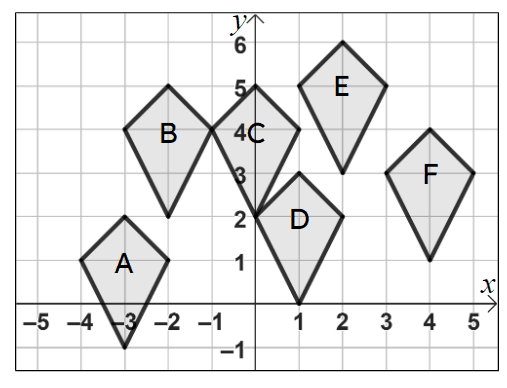Myths about teaching can hold you back


- Year 10•
- Higher
Checking and securing understanding of translation
I can describe a translation and perform a given translation on an object.


- Year 10•
- Higher
Checking and securing understanding of translation
I can describe a translation and perform a given translation on an object.
These resources will be removed by end of Summer Term 2025.
Switch to our new teaching resources now - designed by teachers and leading subject experts, and tested in classrooms.
These resources were created for remote use during the pandemic and are not designed for classroom teaching.
Lesson details
Key learning points
- It can be helpful to choose a vertex and translate that.
- Once all the vertices have been translated, the image can be drawn.
- The image and the object should be congruent.
- To translate, you need to know the distance left/right and up/down to move.
Keywords
Transformation - A transformation is a process that may change the size, orientation or position of a shape.
Translation - Translation is a transformation in which every point of a shape moves the same distance in the same direction.
Vector - A vector can be used to describe a translation.
Object - The object is the starting figure, before a transformation has been applied.
Image - The image is the resulting figure, after a transformation has been applied.
Common misconception
Pupils may write or read the column vector incorrectly by thinking the top element is for the vertical movement and the bottom element is for the horizontal movement.
Remind pupils that coordinates are horizontal before vertical and that is the same on a column vector.
To help you plan your year 10 maths lesson on: Checking and securing understanding of translation, download all teaching resources for free and adapt to suit your pupils' needs...
To help you plan your year 10 maths lesson on: Checking and securing understanding of translation, download all teaching resources for free and adapt to suit your pupils' needs.
The starter quiz will activate and check your pupils' prior knowledge, with versions available both with and without answers in PDF format.
We use learning cycles to break down learning into key concepts or ideas linked to the learning outcome. Each learning cycle features explanations with checks for understanding and practice tasks with feedback. All of this is found in our slide decks, ready for you to download and edit. The practice tasks are also available as printable worksheets and some lessons have additional materials with extra material you might need for teaching the lesson.
The assessment exit quiz will test your pupils' understanding of the key learning points.
Our video is a tool for planning, showing how other teachers might teach the lesson, offering helpful tips, modelled explanations and inspiration for your own delivery in the classroom. Plus, you can set it as homework or revision for pupils and keep their learning on track by sharing an online pupil version of this lesson.
Explore more key stage 4 maths lessons from the Further transformations unit, dive into the full secondary maths curriculum, or learn more about lesson planning.

Licence
Prior knowledge starter quiz
6 Questions
Q1.A transformation is a process that may change the size, orientation or of a shape.
Q2.Select the pieces of information that are required to fully describe a rotation.
Q3.Shape c has been rotated 180°clockwise about (-2, 2). The image is shape .
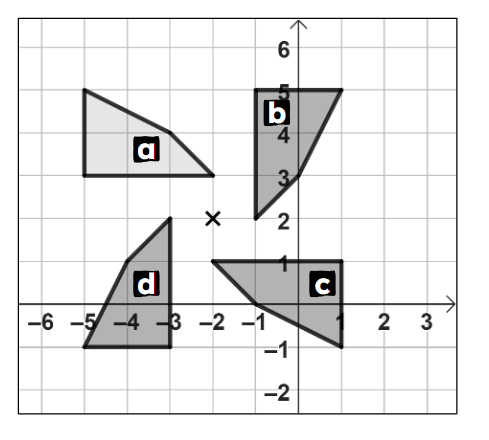
Q4.Match together equivalent rotations.
90° clockwise -
270° anti-clockwise
360° clockwise -
720° anti-clockwise
270° anti-clockwise -
450° clockwise
180° anti-clockwise -
180° clockwise
Q5.Shape is congruent to shape A.
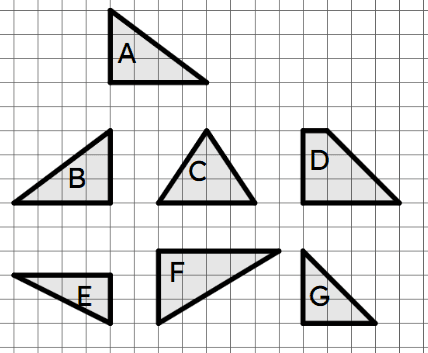
Q6.Select the correct statements.

Assessment exit quiz
6 Questions
Q1.A is a transformation in which every point of a shape moves the same distance in the same direction.
Q2.Select the diagrams that show a translation.
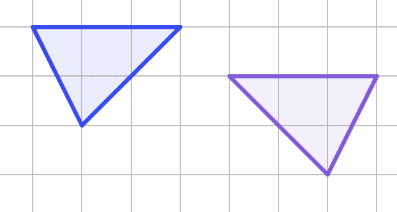
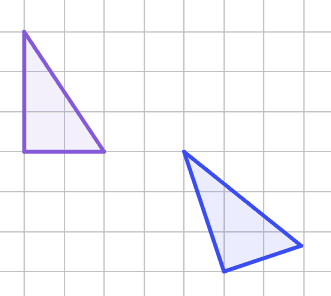
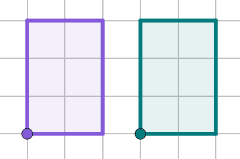
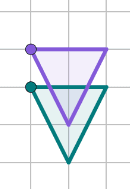
Q3.Match each description to the correct vector.
2 left and 3 down -
$$\begin{pmatrix} -2 \\ -3 \\ \end{pmatrix}$$
2 right and 3 up -
$$\begin{pmatrix} 2 \\ 3 \\ \end{pmatrix}$$
3 left and 2 up -
$$\begin{pmatrix} -3 \\ 2 \\ \end{pmatrix}$$
3 right and 2 down -
$$\begin{pmatrix} 3 \\ -2 \\ \end{pmatrix}$$
2 left and 3 up -
$$\begin{pmatrix} -2 \\ 3 \\ \end{pmatrix}$$
3 right and 2 up -
$$\begin{pmatrix} 3 \\ 2 \\ \end{pmatrix}$$
Q4.The point P(4, 3) is translated by the vector $$\begin{pmatrix} 2 \\ -1 \\ \end{pmatrix}$$ to P'. What are the coordinates of P'?
Q5.Shape P is translated onto shape Q by the vector $$\begin{pmatrix} 2 \\ -3 \\ \end{pmatrix}$$. What transformation will map shape Q onto shape P?
Q6.Select the correct statements.
